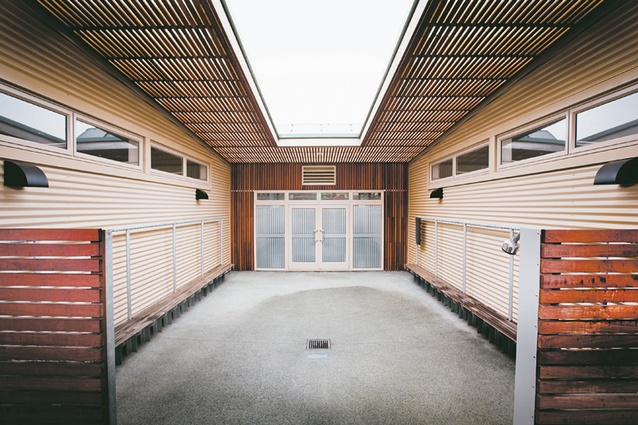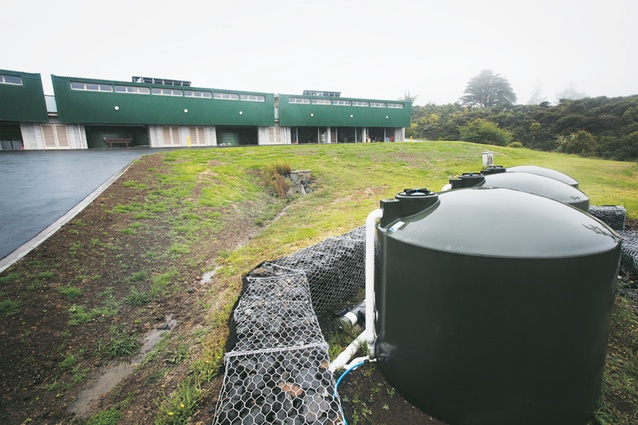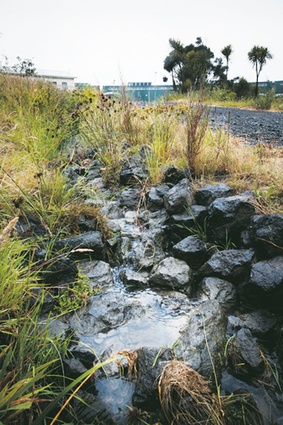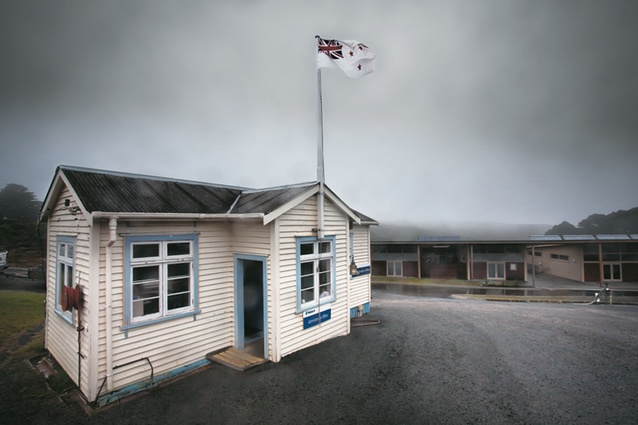Training camp for Royal New Zealand Navy
The very official RNZN Whangaparaoa Training Facility, is, as the name suggests, a training facility run by the Navy but for all of the military. Even the Police train there.
A training facility has existed there since the World War Two and was originally a set of buildings that were constructed as temporary units. The remote location and abundance of thick bush do make it an ideal place for training manoeuvres. In 2008 Ebert Construction began work on building a brand new training facility on the same spot. Budgetary constraints meant the project had to be completed in two stages: Stage One was started in May 2008 and completed in May 2009; Stage Two began in February 2010 and was being finished off in February this year. The final stage was the demolition of all but one of the original buildings, the survivor having a heritage listing.
Ebert Construction flies largely under the radar, due in part to them “doing projects in remote locations such as this”, says Paul Stone, regional operations manager. Established in 1973 by Dennis Ebert, it began life as a family firm in Taranaki. In 1993 Dennis joined forces with Kelvin Hale and the firm began a path of expansion that has led to it now having offices in both Auckland and Wellington.
The new facility is a curved building that sits neatly on the side of a hill and its green Colorsteel roof blends in with the bush. It has a range of accommodation, classrooms, a galley - or kitchen to those of us not in the navy - and the usual range of other facilities. From the outside it looks a bit like a bunker, while inside it resembles a boarding school. The roof of the building also houses a number of solar panels that heat the water; with a gas back-up should there not be enough sun.
Inside the finish is functional, with some nice touches, such as steel mesh toilet doors, that break up the military overtones. The galley kitchen is impressive and is fitted out in a naval style that mimics a ship’s kitchen.













